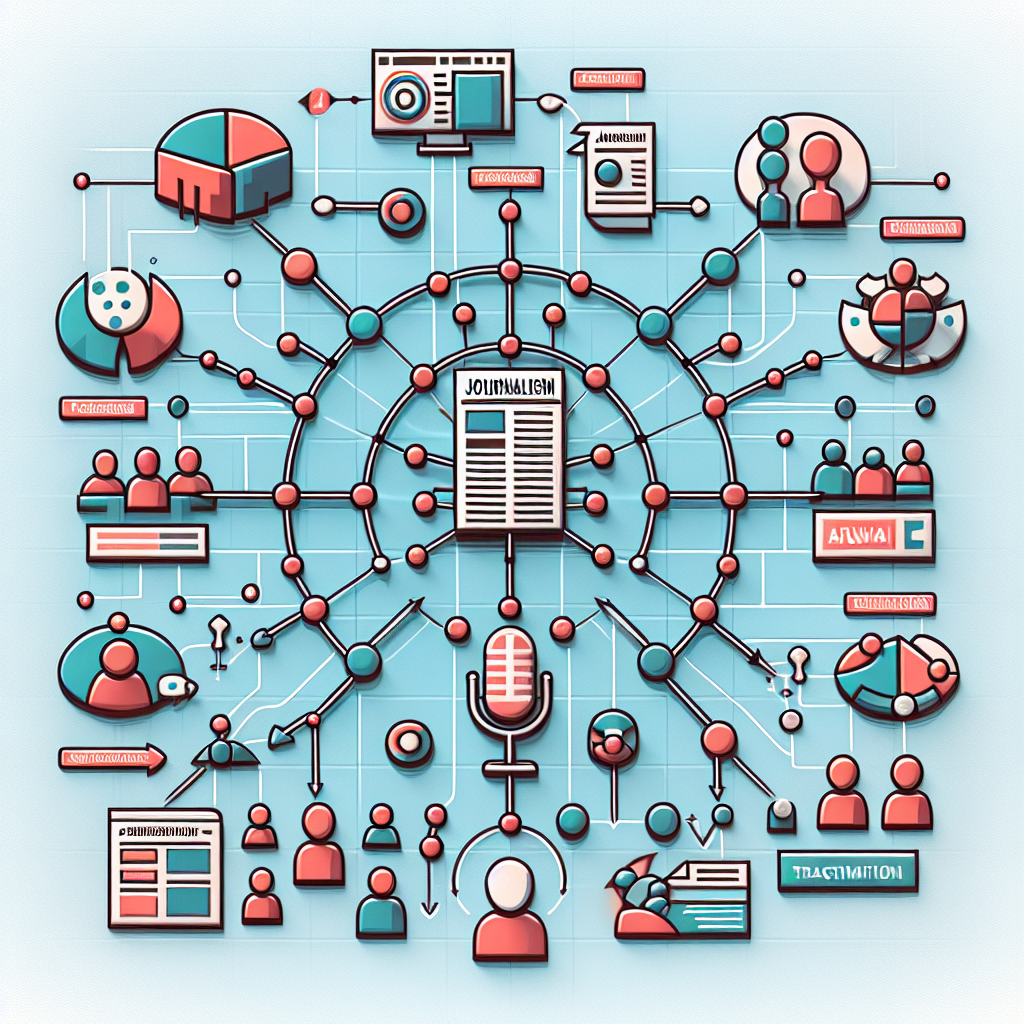In today’s digital age, the role of artificial intelligence (AI) in audience segmentation and targeting in journalism has become increasingly important. With the vast amount of data available online, AI can help journalists better understand their audience and tailor content to meet their needs and preferences. This article will explore the benefits of using AI for audience segmentation and targeting in journalism, as well as some common FAQs about this technology.
Benefits of AI in Audience Segmentation and Targeting
1. Improved Audience Understanding: AI can analyze large sets of data to identify patterns and trends in audience behavior. This allows journalists to better understand their audience’s interests, preferences, and demographics, which in turn helps them create more relevant and engaging content.
2. Personalized Content: With AI, journalists can create personalized content for different audience segments based on their preferences and behavior. This helps increase engagement and loyalty among readers, as they feel that the content is tailored specifically for them.
3. Increased Efficiency: AI can automate the process of audience segmentation and targeting, saving journalists time and resources. This allows them to focus on creating high-quality content rather than spending hours analyzing data and identifying audience segments manually.
4. Enhanced Engagement: By using AI to target specific audience segments with personalized content, journalists can increase engagement and drive traffic to their website or publication. This can lead to higher reader retention rates and ultimately, increased revenue.
5. Better Decision Making: AI can provide journalists with valuable insights and recommendations based on data analysis, helping them make informed decisions about content strategy and audience targeting. This can lead to more effective campaigns and better outcomes for journalism organizations.
Common FAQs about AI in Audience Segmentation and Targeting
1. What is audience segmentation and targeting?
Audience segmentation is the process of dividing a larger audience into smaller, more defined groups based on shared characteristics or behaviors. Targeting involves tailoring content or marketing messages to specific audience segments in order to increase engagement and drive desired outcomes.
2. How does AI help with audience segmentation and targeting?
AI can analyze large datasets to identify patterns and trends in audience behavior, allowing journalists to better understand their audience and create personalized content for different segments. This can lead to increased engagement, loyalty, and revenue for journalism organizations.
3. Is AI in audience segmentation and targeting ethical?
While AI can provide valuable insights into audience behavior, it is important for journalists to use this information responsibly and ethically. This includes respecting user privacy, obtaining consent for data collection, and being transparent about how data is used.
4. What are some common challenges with AI in audience segmentation and targeting?
Some common challenges with AI in audience segmentation and targeting include data privacy concerns, potential biases in algorithms, and the need for ongoing monitoring and evaluation of AI systems. Journalists should be aware of these challenges and take steps to address them.
5. How can journalists get started with AI in audience segmentation and targeting?
Journalists can start by collecting and analyzing data about their audience using tools such as Google Analytics or social media insights. They can then use AI-powered platforms or software to automate the process of audience segmentation and targeting, allowing them to create more personalized content for their readers.
In conclusion, AI plays a crucial role in audience segmentation and targeting in journalism by helping journalists better understand their audience, personalize content, increase efficiency, and drive engagement. By leveraging the power of AI, journalists can create more relevant and engaging content that resonates with their readers and leads to better outcomes for their organizations.

